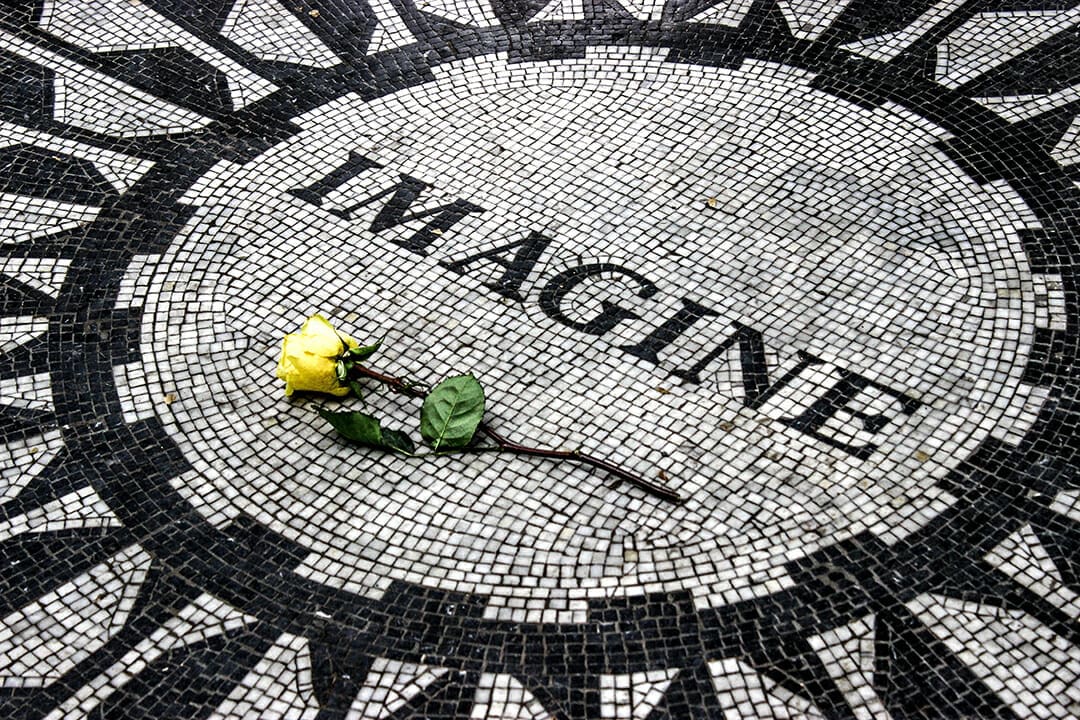
For centuries, shamanic rituals have been practiced in numerous cultures across the globe in order to perceive and interact with the spirit world, heal the sick, communicate with the spirits, and escort souls of the dead to the afterlife. These collective ceremonies traditionally involve the participation of the entire group and are thought to reflect ancient mammalian attachment mechanisms for maintaining personal and community well-being.
Recent developments within the fields of brain imaging and neuropsychology have allowed these traditional practices to enter into the scientific community and even be applied to multidisciplinary patient treatment regimens. The molecular and neurochemical systems produced and modulated during shamanic ritual practices must be explored further in order to understand and assess how these practices can imbue 21st century science with a new perspective of contemplative approaches to well-being.
Shamanic rituals may have been born out of the use of ritual in order to facilitate group communication and mediate attachment responses. The use of ritual practices designed to produce adaptive transformations of consciousness, expand awareness, and nurture healing processes seems to be common among all cultural groups that practice shamanism. Dr. Michael J. Winkelman, former associate professor at Arizona State University’s School of Human Evolution and Social Change, has proposed that the similarities shared among shamans worldwide are due to “neurognostic” structures: biologically structured ways of knowing.
Shamanism utilizes psychedelics as well as the practices of dancing, singing, drumming, and fasting in order to alter consciousness. These ritual activities elicit significant changes in endogenous opioids that in turn have operational effects upon the serotonergic, dopaminergic, and cannabinoid neurotransmitter systems. These neurotransmitter systems are neuromodulators that are involved in the regulation of a wide range of physiological, emotional, and cognitive processes. Dopamine, which plays an important role in mediating the mother-infant bond, mating, and affiliating with social groups, may justify the powerful pleasurable experiences and phantasmagorical states of shamans throughout the world.
In his book “The Dopaminergic Mind in Human Evolution and History,” Dr. Fred Previc, an honorary fellow in the department of psychology at the University of Wollongong, New South Wales, Australia, describes how higher order sensory processing activities and experiences during shamanic rituals are mediated through dopamine association areas in the brain. This may explain both the charismatic aspects of shamanism as well as the feeling of shamanic power. Normal levels of dopamine reduces arousal, fear, anxiety, and enables individuals to function more effectively in stressful environments. Increased dopamine transmission has been implicated in causing a variety of visionary experiences (hallucinations, dreams, psychosis). However, excessive levels of dopamine can lead to a sense of invincibleness, delusions of grandeur, and manifestations of magical ideation regarding one’s ability to control others.
Excessive levels of dopamine produced during full nights of drumming, dancing, singing, and chanting can cause shamans to physically collapse and enter into a state called the “soul flight.” The shaman, who appears unconscious, enters into a visionary state where he appeals to the spirits for help in divination, communicating with the dead, healing, recovering lost souls, and obtaining protection from other spirits and sorcerers. The hallucinatory effects of hyperactive dopamine receptors can also be caused by a variety of psychostimulants and excessive stimulation of serotonin receptors by psychedelics.
Psychoactive plants commonly used during shamanic rituals include mushrooms of the Psilocybe and Amanita genuses, as well as tobacco, and ayahuasca. These substances are used for the training of shamans or in collective rituals that enhance group cohesion and integration. In addition, they produce experiences of the spiritual world, the supernatural, and the separation of one’s soul or spirit from the body and its travel to spiritual worlds — the so-called soul flight.
A study conducted by Griffiths and colleagues, titled “Psilocybin can occasion mystical-type experiences having substantial and sustained personal meaning and spiritual significance” in the journal Pyschopharmacology, investigated the acute and longer-term psychological effects of a high dose of psilocybin delivered in two to three sessions, eight hours each, and two months apart in healthy volunteers.
The researchers found that compared to a comparison compound (the control), the psilocybin produced a range of acute perceptual changes, subjective experiences, and significantly increased measures of mystical experience. At two months, the volunteers rated the psilocybin experience as having substantial personal meaning, spiritual significance, and experienced sustained positive changes in attitudes and behavior.








